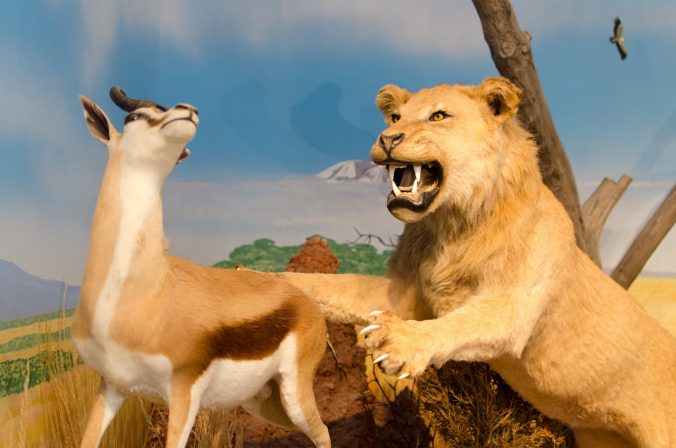When it comes to preserving animals, either using traditional taxidermist methods or creating animal skulls (European mounts) and articulated skeletons, the process can present some challenges even for the most skilled taxidermists. The process of taxidermy involves preserving the animal in some form, whether that includes using its hide or skin or just its bones.
Before specimens can be created, there are rigorous steps that must be followed carefully. If using the hide or skin, it must carefully be removed from the animal, avoiding rips and tears that would be noticeable. If you want an articulated skeleton, then you need to make sure to preserve every bone. Next, the flesh must be cleaned and removed from the bones.
If you are using the skin, there are a few different options. You could keep the major bones and use them to construct the underlying framework. Another option is to use clay or foam to sculpt the shape of the body and then reapply the skin over the sculpture.
One thing all skilled taxidermists should know is how to safely and carefully remove the flesh from animals. To accomplish this, they rely on special taxidermy beetles called Dermestid beetles.
These beetles will clean away all the flesh from the animal and leave the bones clean and ready to use. They are also great to use for skull cleaning and for smaller animals with delicate structures and bones because they preserve the tiniest bony structures and bones.
The process of preserving animals can be complex to create the perfect replica, and certain animals can make the process even more difficult, such as:
1. Birds
Birds have small bones and other tiny features that require precision skills. Certain birds have skin that is paper-thin under the feathers too.
2. Snakes
Snakes are very difficult to preserve because they have complex musculature. When tanning the snakeskin, it loses its color and pigmentation. Taxidermists must meticulously paint each scale by hand to make the preserved snake look authentic.
3. Rabbits
Rabbit skin can rip rather easily, making it difficult to handle. Rabbits also have smaller bony structures that can be ruined if care is not taken.
4. Large Mammals
You might think preserving an elk, deer, antelope, bear, or another large animal would be easier, yet there are unique challenges due to the size of the animal. Imagine all the work that goes into preserving a Kodiak brown bear that you want standing at attention. Everything from the body size and shape to the claws on the paws and facial features must match a live bear.
5. Unfamiliar Animals

It is exciting to preserve animals for displays in museums and show off your hunting trophies. For the best results, whether you are creating a full-bodied life-like reconstruction, head mount, skull mount, or articulated skeleton, make sure to use a taxidermist who uses taxidermy beetles to remove the flesh from the animal.
If you want to clean your own bones and skulls, you can start your own beetle colony, too, by ordering Dermestid beetles from a reliable source like us, here at Kodiak Bones & Bugs Taxidermy.
To order Dermestid beetles or to send us your animal to have the flesh cleaned, please feel free to contact us online or call us at (907) 942-2847 today!

